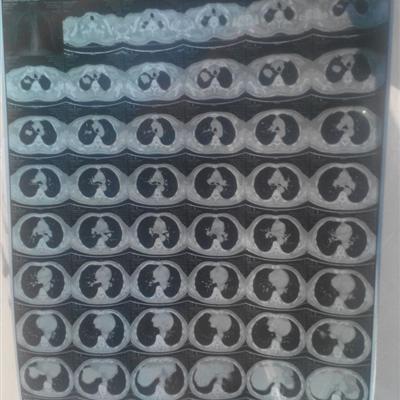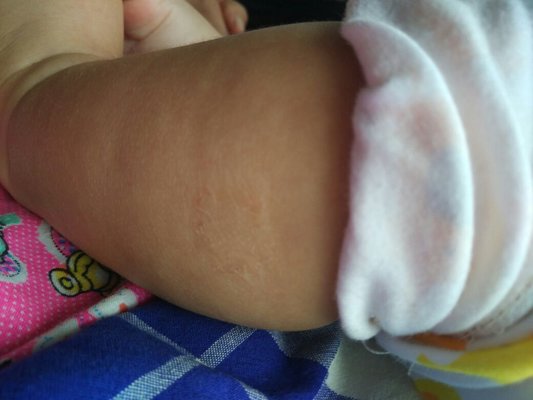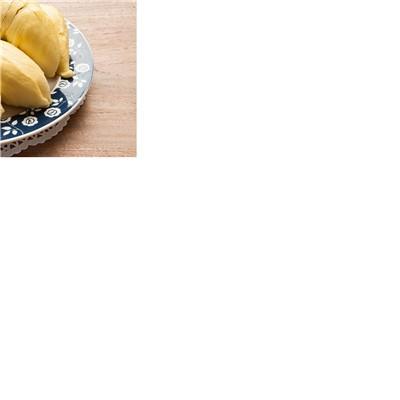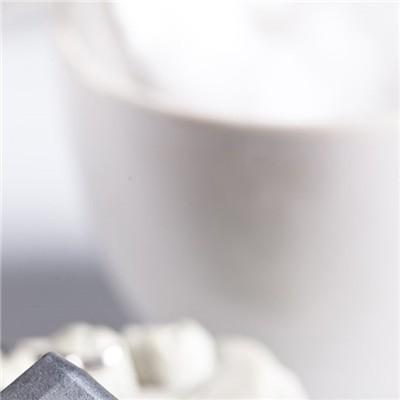Symptoms of bronchial tuberculosis?
summary
Bronchial tuberculosis, also known as endobronchial tuberculosis, refers to tuberculosis occurring in trachea, bronchial mucosa and submucosa. The most common infection route of adult EBTB is the direct implantation of Mycobacterium tuberculosis into the bronchial mucosa in the pulmonary lesions, and then the pulmonary lesions can also invade the bronchial mucosa through the peribronchial tissue; Mycobacterium tuberculosis can also spread through blood and lymphatic drainage, first invading the bronchial submucosa, and then involving the mucosa. In children with EBTB, tuberculous bronchitis is caused by tuberculosis of lymph nodes adjacent to mediastinum eroding bronchus. Primary bronchial tuberculosis is rare. Symptoms of bronchial tuberculosis? Let's talk about it
Symptoms of bronchial tuberculosis?
Cough, expectoration: This is one of the most common symptoms of the disease, but also the main symptoms, general patients will have paroxysmal dry cough, and cough more severe, sometimes appear expectoration symptoms, the amount of sputum is different, more or less, some patients will be followed by bacterial infection, and yellow purulent sputum.
Patients with bronchial tuberculosis will have different degrees of hemoptysis, most of which are blood in sputum. This is mainly because the bronchial mucosa of patients is congested, resulting in telangiectasia, thus increasing its permeability. Therefore, patients with cough, especially severe cough, will have hemoptysis.
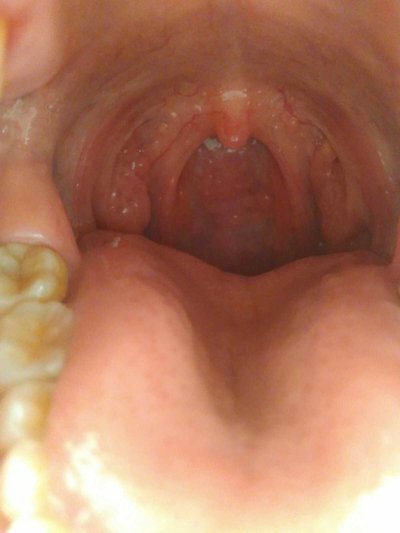
Patients with bronchial tuberculosis will have different degrees of dyspnea, in this case there will be symptoms of bronchial stenosis, if the patient's sputum is relatively viscous, so it is easy to have symptoms of dyspnea, generally using expectorant drugs, organ relaxation drugs, dyspnea symptoms will be relieved.

matters needing attention
Atomization inhalation of antituberculous drugs has been widely used in the adjuvant treatment of EBTB, and its application value has been affirmed. Miki et al. Divided 34 cases of EBTB into systemic treatment group and systemic treatment plus INH 200 mg / D aerosol inhalation group, and found that although there was no significant difference in the duration of sputum culture (+) between the two groups, the aerosol inhalation group was significantly better than the control group in alleviating bronchial stenosis and improving respiratory symptoms.
